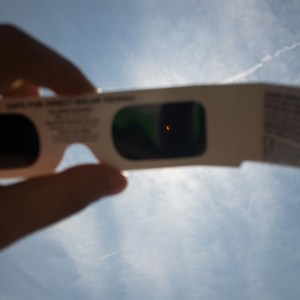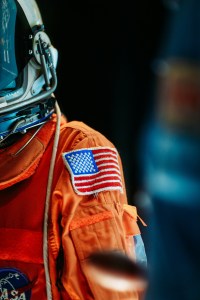A phrase in a recent Storybundle promo caught my eye: “real life would be better if it had magic.”
Not that I actually think there are werewolves and vampires lurking around every corner, and I definitely believe in the power of science and all its wonders, but in general? I couldn’t agree more.
For me, magic is possibility.
Magic is the sure and certain knowledge that while we like to think we know everything the world has to offer, we do not.
I find that encouraging. You may have noticed that our world has a number of pressing issues, from the social to the political to the environmental. It would be wonderful to be able to pull out a magic wand and make those problems go away, but that’s not how our magic works.
Our magic is anchored in reality. I’ve talked about this idea before, but think it bears repeating. Just like the best fantasy, it relies on people (that’s you and that’s me) who care about their family, their friends, and their communities.
This form of magic is slower, yes, but surer. A rogue warlock can’t come along one day and upend everything we’ve worked for, just because he stole a forbidden spell from the archives of Alexandria-Under-Sea. (The Lernaean Hydra has been protecting those archives for centuries, thankfully! If you visit, tell him I sent you. And bring salmon snacks, he loves those.)
It also means that the problems and constraints we face today aren’t necessarily permanent. Not if we continue to study, to observe, to understand the world around us. (To quote Kurt Vonnegut, science is magic that works.) Not if we understand that every face is a mirror of our own humanity. Not if we are brave and focused and keep our eyes on our goals.
And if someone tells you that there is no hope? That you might as well give up?
Don’t listen to them.
So what if you’ve misplaced your magic wand. That’s ok, you can still be a hero. You can make your own magic.
Just embrace a world of possibilities. And then work to make it real.
* * *












You must be logged in to post a comment.